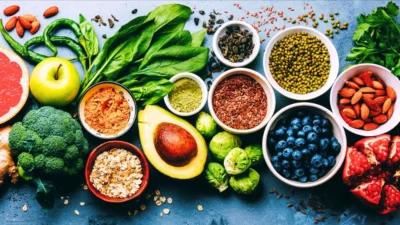High blood pressure in children nearly doubled in 20 years

The global number of children and teenagers with high blood pressure has nearly doubled in 20 years, driven by poor diets, inactivity and rising obesity rates, according to the largest study of its kind.
In 2000, about 3.2 per cent of young people under 19 had high blood pressure, also known as hypertension, but by 2020, the number had increased to 6.2 per cent, affecting 114 million young people across the world. Doctors said blood pressure levels rose sharply in early adolescence, peaking about the age of 14, especially among boys.
A further 8.2 per cent of children and teenagers have prehypertension, meaning blood pressure levels are higher than normal but do not yet meet the criteria for hypertension.
High blood pressure is a well-known risk factor that significantly increases the chances of developing cardiovascular diseases and chronic kidney disease. It is also associated with a higher risk of disability and death due to the damage it causes to the heart, blood vessels and kidneys over time.
These findings are based on a meta-analysis of 96 studies involving over 400,000 children from 21 countries, published in The Lancet Child and Adolescent Health journal.
Experts are urging for earlier screening and the promotion of healthy lifestyle habits to help prevent serious long-term health effects.
Vegans typically have lower blood pressure than meat-eaters due to diets richer in plant nutrients and lower in salt and saturated fat – the benefits depend on following a wholefood, minimally processed plant-based diet.







